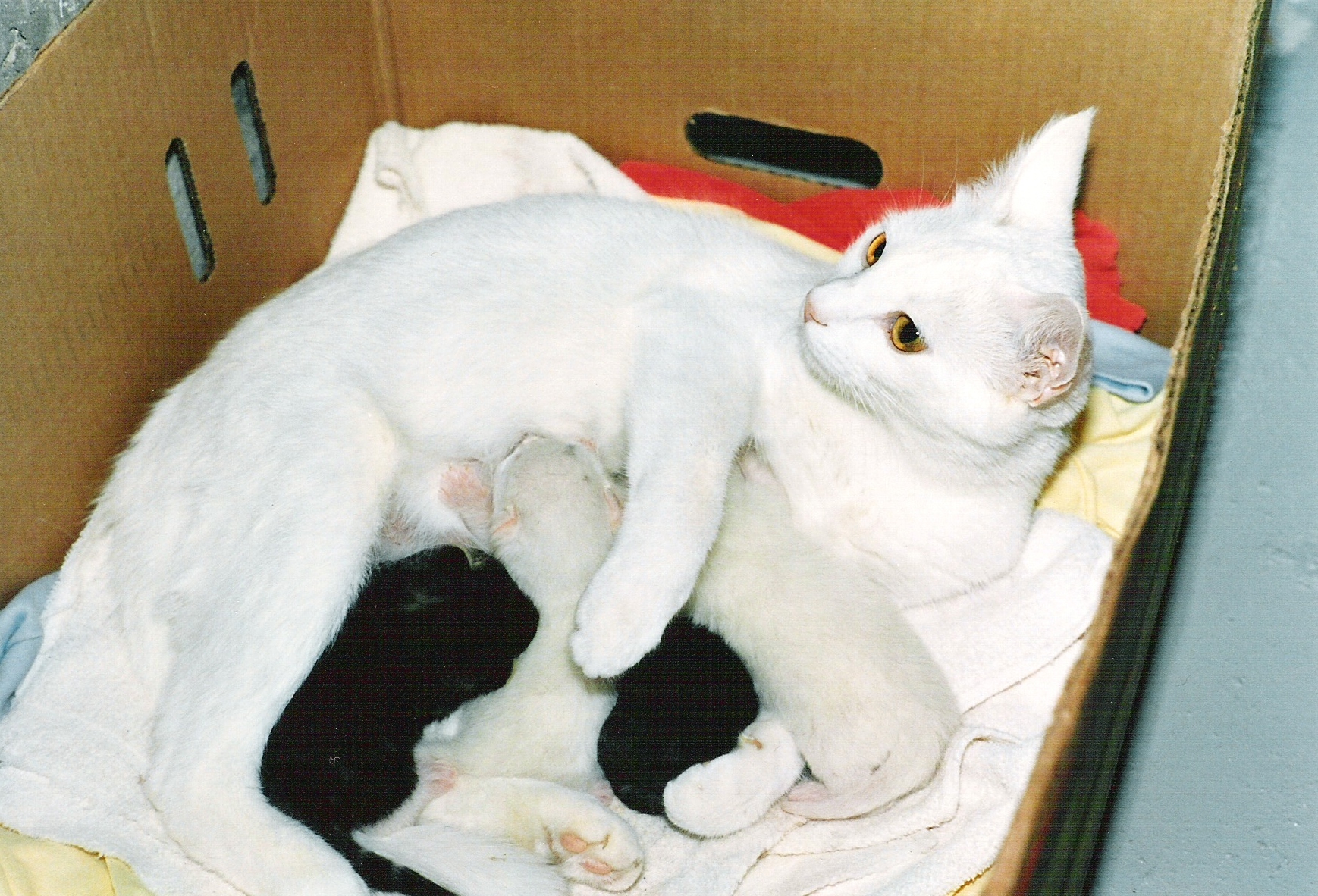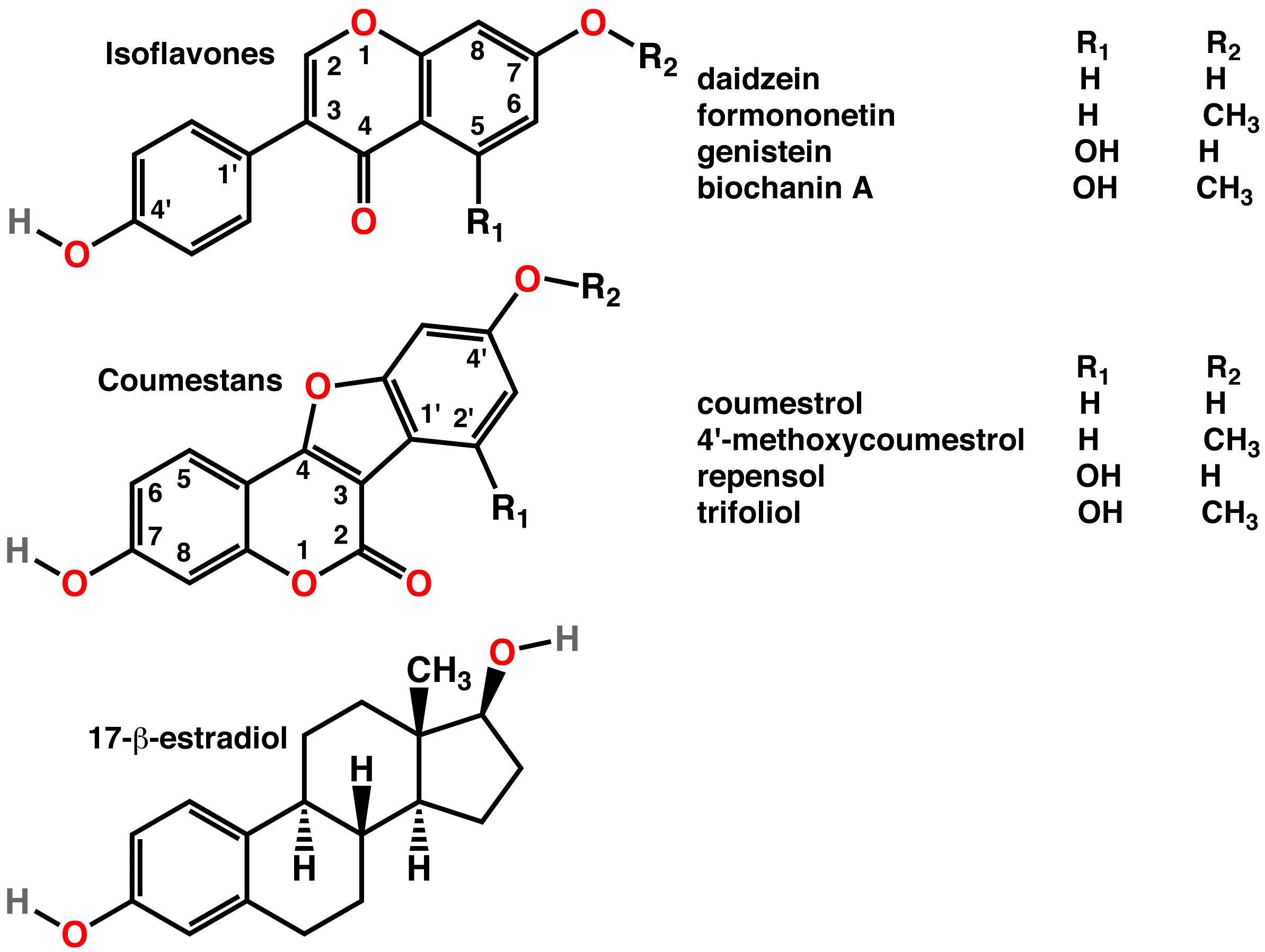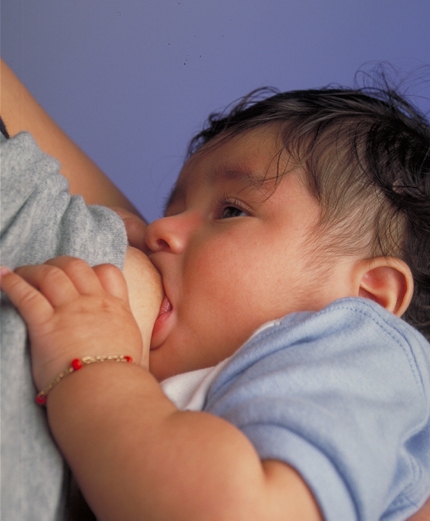|
Male Lactation
Production of milk (lactation) from a male mammal's mammary glands is well-documented in the dayak fruit bat and the Bismarck masked flying fox. The term "male lactation" is not used in human medicine. It has been used in popular literature, such as Louise Erdrich's ''The Antelope Wife'', to describe the phenomenon of male galactorrhea, which is a human condition unrelated to childbirth or nursing. Newborn babies of both sexes can occasionally produce milk. This is called neonatal milk (also as "witch's milk") and not considered male lactation. History Male lactation was of some interest to Alexander von Humboldt, who reports in ''Voyage aux régions équinoxiales du Nouveau Continent'' about a citizen of the Venezuelan village of Arenas (close to Cumana) who allegedly nurtured his son for three months when his wife was ill, as well as Charles Darwin, who commented on it in '' The Descent of Man, and Selection in Relation to Sex'' (1871): Darwin later considered the near ... [...More Info...] [...Related Items...] OR: [Wikipedia] [Google] [Baidu] [Amazon] |
Lactation
Lactation describes the secretion of milk from the mammary glands and the period of time that a mother lactates to feed her young. The process naturally occurs with all sexually mature female mammals, although it may predate mammals. The process of feeding milk in all female creatures is called ''nursing'', and in humans it is also called ''breastfeeding''. Newborn infants often produce some milk from their own breast tissue, known colloquially as witch's milk. In most species, lactation is a sign that the female has been pregnant at some point in her life, although in humans and goats, it can happen without pregnancy. Nearly every species of mammal has teats; except for monotremes, egg-laying mammals, which instead release milk through ducts in the abdomen. In only a handful of species of mammals, certain bat species, is milk production a normal Male lactation, male function. ''Galactopoiesis'' is the maintenance of milk production. This stage requires prolactin. Oxytocin is cr ... [...More Info...] [...Related Items...] OR: [Wikipedia] [Google] [Baidu] [Amazon] |
Phytoestrogens
A phytoestrogen is a plant-derived xenoestrogen (a type of estrogen produced by organisms other than humans) not generated within the endocrine system, but consumed by eating plants or manufactured foods. Also called a "dietary estrogen", it is a diverse group of naturally occurring nonsteroidal plant compounds that, because of its structural similarity to estradiol (17-β-estradiol), have the ability to cause both estrogenic or antiestrogenic effects. Phytoestrogens are not essential nutrients because their absence from the diet does not cause a disease, nor are they known to participate in any normal biological function. Common foods containing phytoestrogens are soybeans and soy protein concentrate, miso, tempeh, and tofu. Some soy-based infant formulas manufactured with soy protein contain isoflavones. Its name comes from the Greek language, Greek ''phyto'' ("plant") and ''estrogen'', the hormone which gives fertility to female mammals. The word "estrus" (Greek οίστ� ... [...More Info...] [...Related Items...] OR: [Wikipedia] [Google] [Baidu] [Amazon] |
Male Egg
Male egg can refer to either: #An egg that artificially contains genetic material from a male. #An egg from a haplodiploid species such as an ant or bee that is unfertilized and will hatch a male #A fertilized egg that a male organism is developing in This article focuses on the first definition. Male eggs are the result of a process in which the eggs of a female would be emptied of their genetic contents (a technique similar to that used in the cloning process), and those contents would be replaced with male DNA. Such eggs could then be fertilized by sperm. The procedure was conceived by Calum MacKellar, a Scottish bioethicist. With this technique, two males could be the biological parents of a child. However, such a procedure would additionally require an artificial womb or a female gestational carrier. [...More Info...] [...Related Items...] OR: [Wikipedia] [Google] [Baidu] [Amazon] |
Milking The Bull
Milking the bull is a proverb which uses the metaphor of milking a bull to indicate that an activity would be fruitless or futile. In the 16th century, the German painter Hans Schäufelein illustrated the proverb on the eight of bells in a deck of playing cards. Dr Johnson used the proverb to criticise the work of David Hume and other skeptical philosophers. See also *Tilting at windmills *Male lactation Production of milk (lactation) from a male mammal's mammary glands is well-documented in the dayak fruit bat and the Bismarck masked flying fox. The term "male lactation" is not used in human medicine. It has been used in popular literature, su ... * Collection of semen from bulls References {{reflist Metaphors referring to cattle Proverbs ... [...More Info...] [...Related Items...] OR: [Wikipedia] [Google] [Baidu] [Amazon] |
LGBT Reproduction
Lesbian, Gay men, gay, bisexual, transgender, and queer/Questioning (sexuality and gender), questioning people (LGBTQ community) people wishing to have children may use assisted reproductive technology. In recent decades, developmental biologists have been researching and developing techniques to facilitate same-sex reproduction. The obvious approaches, subject to a growing amount of activity, are female sperm and male eggs. In 2004, by altering the function of a few genes involved with imprinting, other Japanese scientists combined two mouse eggs to produce daughter mice and in 2018 Chinese scientists created 29 female mice from two female mice mothers but were unable to produce viable offspring from two father mice. One of the possibilities is transforming skin stem cells into sperm and eggs. Lack of access to assisted reproductive technologies is a form of healthcare inequality experienced by LGBT people. Freezing eggs LGBT women and trans men may choose to donate their o ... [...More Info...] [...Related Items...] OR: [Wikipedia] [Google] [Baidu] [Amazon] |
Intersex
Intersex people are those born with any of several sex characteristics, including chromosome patterns, gonads, or genitals that, according to the Office of the United Nations High Commissioner for Human Rights, "do not fit typical binary notions of male or female bodies". Sex assignment at birth usually aligns with a child's external genitalia. The number of births with ambiguous genitals is in the range of 1:4,500–1:2,000 (0.02%–0.05%). Other conditions involve the development of atypical chromosomes, gonads, or hormones. The portion of the population that is intersex has been reported differently depending on which definition of intersex is used and which conditions are included. Estimates range from 0.018% (one in 5,500 births) to 1.7%. The difference centers on whether conditions in which chromosomal sex matches a phenotypic sex which is clearly identifiable as male or female, such as late onset congenital adrenal hyperplasia (1.5 percentage points) and Kline ... [...More Info...] [...Related Items...] OR: [Wikipedia] [Google] [Baidu] [Amazon] |
Galactagogue
A galactagogue, or galactogogue (from �αλακτ- milk, + ἀγωγός, leading), also known as a lactation inducer or milk booster, is a substance that promotes lactation in humans and other animals. It may be synthetic, plant-derived, or endogenous. They may be used to induce lactation and to treat low milk supply. Pharmaceutical Synthetic galactagogues such as domperidone and metoclopramide interact with the dopamine system in such a way to increase the production of prolactin; specifically, by blocking the D2 receptor. There is some evidence to suggest that mothers who are unable to meet their infants' breastfeeding needs may benefit from galactogogues. A more recent study questions the effectiveness of commercial lactation cookies finding no significant difference. Galactagogues may be considered when non-pharmacologic interventions are found to be insufficient. For example, domperidone may be an option for mothers of preterm babies who at over 14 days from delivery a ... [...More Info...] [...Related Items...] OR: [Wikipedia] [Google] [Baidu] [Amazon] |
Transgender Women
A trans woman or transgender woman is a woman who was assigned male at birth. Trans women have a female gender identity and may experience gender dysphoria (distress brought upon by the discrepancy between a person's gender identity and their sex assigned at birth). Gender dysphoria may be treated with gender-affirming care. Gender-affirming care may include social or medical transition. Social transition may include adopting a new name, hairstyle, clothing style, and/or set of pronouns associated with the individual's affirmed gender identity. A major component of medical transition for trans women is feminizing hormone therapy, which causes the development of female secondary sex characteristics (breasts, redistribution of body fat, lower waist–hip ratio, etc.). Medical transition may also include one or more feminizing surgeries, including vaginoplasty (to create a vagina), feminization laryngoplasty (to raise the vocal pitch), or facial feminization surgery (to fe ... [...More Info...] [...Related Items...] OR: [Wikipedia] [Google] [Baidu] [Amazon] |
Breastfeeding
Breastfeeding, also known as nursing, is the process where breast milk is fed to a child. Infants may suck the milk directly from the breast, or milk may be extracted with a Breast pump, pump and then fed to the infant. The World Health Organization (WHO) recommend that breastfeeding begin within the first hour of a baby's birth and continue as the baby wants. Health organizations, including the WHO, recommend breastfeeding exclusively for six months. This means that no other foods or drinks, other than vitamin D, are typically given. The WHO recommends exclusive breastfeeding for the first 6 months of life, followed by continued breastfeeding with appropriate complementary foods for up to 2 years and beyond. Of the 135 million babies born every year, only 42% are breastfed within the first hour of life, only 38% of mothers practice exclusive breastfeeding during the first six months, and 58% of mothers continue breastfeeding up to the age of two years and beyond. Breastfee ... [...More Info...] [...Related Items...] OR: [Wikipedia] [Google] [Baidu] [Amazon] |
Cynopterus Brachyotis
The lesser short-nosed fruit bat (''Cynopterus brachyotis'') is a species of megabat within the family Pteropodidae. It is a small bat that lives in South Asia and Southeast Asia. It weighs between , and measures . It occurs in many types of habitat, but most frequently in disturbed forest, including lower montane forest and tropical lowland rain forest, plus gardens, mangroves, and vegetation on beaches.Payne, J., C. M. Francis, and K. Phillips. (1985). ''A Field Guide to The Mammals Of Borneo''. Malaysia: The Sabah Society. p.173. Description Lesser short-nosed fruit bats are generally brown to yellowish brown with a brighter collar. Adult males have dark orange collars whereas adult females have yellowish collars. An indistinct collar is observed in some immature bats. The edges of the ears and the wing bones are usually white. Individuals have two pairs of lower incisors, a fox-like face and large dark eyes.Nowak, R. (1997)''Cynopterus''. (On-line). ''Walker's Mammals of th ... [...More Info...] [...Related Items...] OR: [Wikipedia] [Google] [Baidu] [Amazon] |
Dyacopterus Spadiceus
The dayak fruit bat or dyak fruit bat (''Dyacopterus spadiceus'') is a relatively rare frugivorous megabat species found only on the Sunda Shelf of southeast Asia, specifically the Malay Peninsula south of the Isthmus of Kra, and the islands of Borneo and Sumatra. There are three species in the genus ''Dyacopterus'': ''D. spadiceus'' , ''D. brooksi'' and ''D. rickarti''. All are found in the forests of Malaysia, Thailand, and the Philippines. Few specimens of any of the three species exist, due not only to their rarity, but also because they rarely enter the sub-canopy of the forest where they can be caught in scientists' nets. Distribution ''D. spadiceus'' is considered a very rare fruit bat species in Peninsular Malaysia and Borneo and none in Thailand. The species were netted in four sites at Poring, Kubah, Kota Samarahan and Pontianak, all on Borneo. The specimens, MTA96268 and MTA96269, that were held at Tanjungpura University, are the first record f ... [...More Info...] [...Related Items...] OR: [Wikipedia] [Google] [Baidu] [Amazon] |





